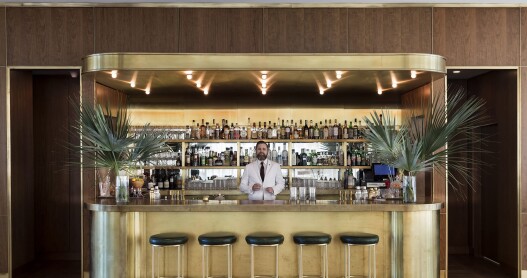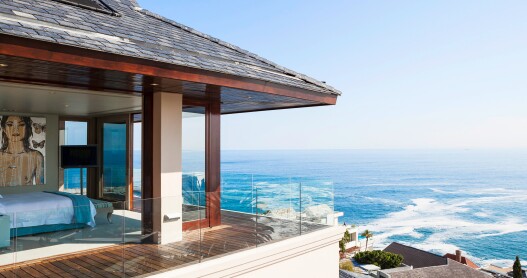Overview
When’s the best time to go to Italy?
A summer spent wandering Italy can keep all those carb pounds in check because the temperatures in most of the country reaches into the 80’s. But since Italians take most of August off for their own vacations, lots of places are closed and the vitality of the country is transferred to the beaches. So, head to the peninsula in the spring or fall. Both are peak culinary seasons with a riot of vegetables appearing from April into June and the wonder of mushrooms and the wine harvest from September well into November.
How to get around Italy
The country’s main airports are in Milan and Rome. Over the past few years, airlines like Norwegian and Turkish Air have run outrageous deals if you fly through their hubs so if you can find a short hop into Italy from Oslo or Istanbul, it may be well worth the discount. Also look for airlines like SAS, KLM, and Swiss.
Italy has a very well developed and fairly reliable rail system that will get you to most towns of note without much delay but the rise of budget airlines means that flying between cities can be just as cheap. But if you want to tour the countryside you’ll still need a rental car.
Food and drink to try in Italy
Italy is a legendary culinary destination for a reason. There are plenty of tourist traps but the whole country is swimming in great wine, an exploding craft brewing scene, and a variety of creative culinary feats—with a focus on quality ingredients. In Italy you’ll find a culture that takes food seriously; don’t miss your opportunity to partake in specialties as well known as Parmesan cheese and Chianti wine or the local specialties of every small town and region. Slow Food has an excellent set of guides and seeing the distinctive snail logo in shop and restaurant windows is a positive cue.
Culture in Italy
Rome is the obvious starting point for culture vultures because it’s drenched in ancient, medieval, papal, and modern history. But Italy also has a tremendous musical footprint that comes alive most vividly in opera. Milan and Venice contain two of the greatest opera houses in the world in La Scala and La Fenice, respectively. Most cities of note, like Bologna and Palermo, contain dynamic opera houses which thrive on repertory and contemporary experiments.
Check out Siena’s summer Palio, a medieval horse race around the city’s central piazza. It’s full of pomp and fanfare—but go prepared, not an ounce of it is sanitized; jockeys are regularly injured, horses even more so. A similar race is held annually in Asti. In Venice, the annual carnival is enticing fun, with all those masks and Baroque plays. And the Venice Biennale, every two years, is a must-see for contemporary art lovers. Don’t forget that Italy is mad for soccer, so if you’re there during the regular season (roughly September through May), seek out a game to experience all the passion and fraternity. It’s even better when events like the European Cup or World Cup are being played; every bar or café will be full of fans.
Local travel tips for Italy
Major cultural institutions like the Uffizi and Borghese Gallery require reserved tickets. Make sure to buy tickets to major institutions well in advance. August is one big national holiday, when the entire country decamps for the beach, mountains, or foreign vacations. It can be fun to play in the sand with Italians but if you want to experience the country in all its glory, plan to avoid that month.








































